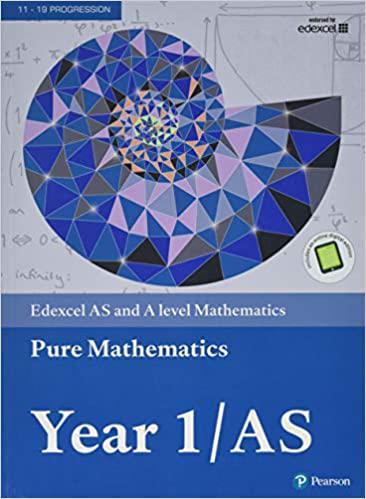Question
Intermediate Accounting 2 1. Explain what current liabilities are in terms of current assets. How can a portion of a long-term liability become classified as
Intermediate Accounting 2
1. Explain what current liabilities are in terms of current assets. How can a portion of a long-term liability become classified as a current liability? Give an example.
2. What is the appropriate valuation basis for liabilities? Explain why some liabilities may be valued using the basis you have identified in the first part of this question. Give an example.
3. Who do most airlines have large amounts of current liabilities that are considered "good" by financial analysts? Give an example showing journal entries.
4. How should "estimated liabilities" such as warranties be accounted for? Why does FASB require this approach? Give an example with journal entries.
5. How should loss contingencies and gain contingencies be accounted for? What is one major difference in the reporting of these two items?
6. How does the bond market effectively adjust the return on fixed rate bonds to keep them in line with changing interest rates? Give examples of how the bond market would price fixed rate bonds with an interest rate a) below the current market interest rate b) above the current market interest rate and c) at the current market interest rate.
7. Explain the nature of the account "discount on bonds payable" and how it is used. Give an example including journal entries. What happens to the balance in this account over time?
8. Explain differences in the accounting for "capital leases" versus "operating leases". Why have "capital leases" generally been preferred in the past? What impact is the new lease accounting standard expected to have on these leases?
9. Explain why there are differences between corporate income tax returns and financial income statements. Include an explanation of temporary versus permanent differences and deferred tax assets versus deferred tax liabilities. Give an example
10. Explain the major differences between Defined Contribution and Defined benefit pension plans. Why do many employers prefer to offer their employees Defined Contribution plans? Why was the PBGC created by the Federal Government?
11. Explain the difference between the accumulated pension obligation and the projected benefit obligation. Which is the most important for accounting purposes? Why?
12. Explain how comprehensive income differs from net income on the income statement. Give an example of a comprehensive income item.
13. Explain the difference between the following three categories of common stock: issued, authorized and outstanding. Explain what treasury stock is and how it is treated under GAAP rules. Give an example of a treasury stock transaction including journal entries.
14. Explain what employee stock options are and how they should be accounted for? Give an example including entries. What is the difference between EPS and diluted EPS? Give an example of an item which would be considered dilutive.
15. Distinguish between the three types of changes in accounting principle. Give an example of each along with a description of how they should be reported.
16. Explain the differences between the two alternative methods of presenting the operating section on the cash flow statement. Give examples of typical operating section adjustments to net income when using the direct method. Explain how cash flow from operations on the cash flow statement relates to net income on the income statement.
Step by Step Solution
There are 3 Steps involved in it
Step: 1

Get Instant Access with AI-Powered Solutions
See step-by-step solutions with expert insights and AI powered tools for academic success
Step: 2

Step: 3

Ace Your Homework with AI
Get the answers you need in no time with our AI-driven, step-by-step assistance
Get Started


